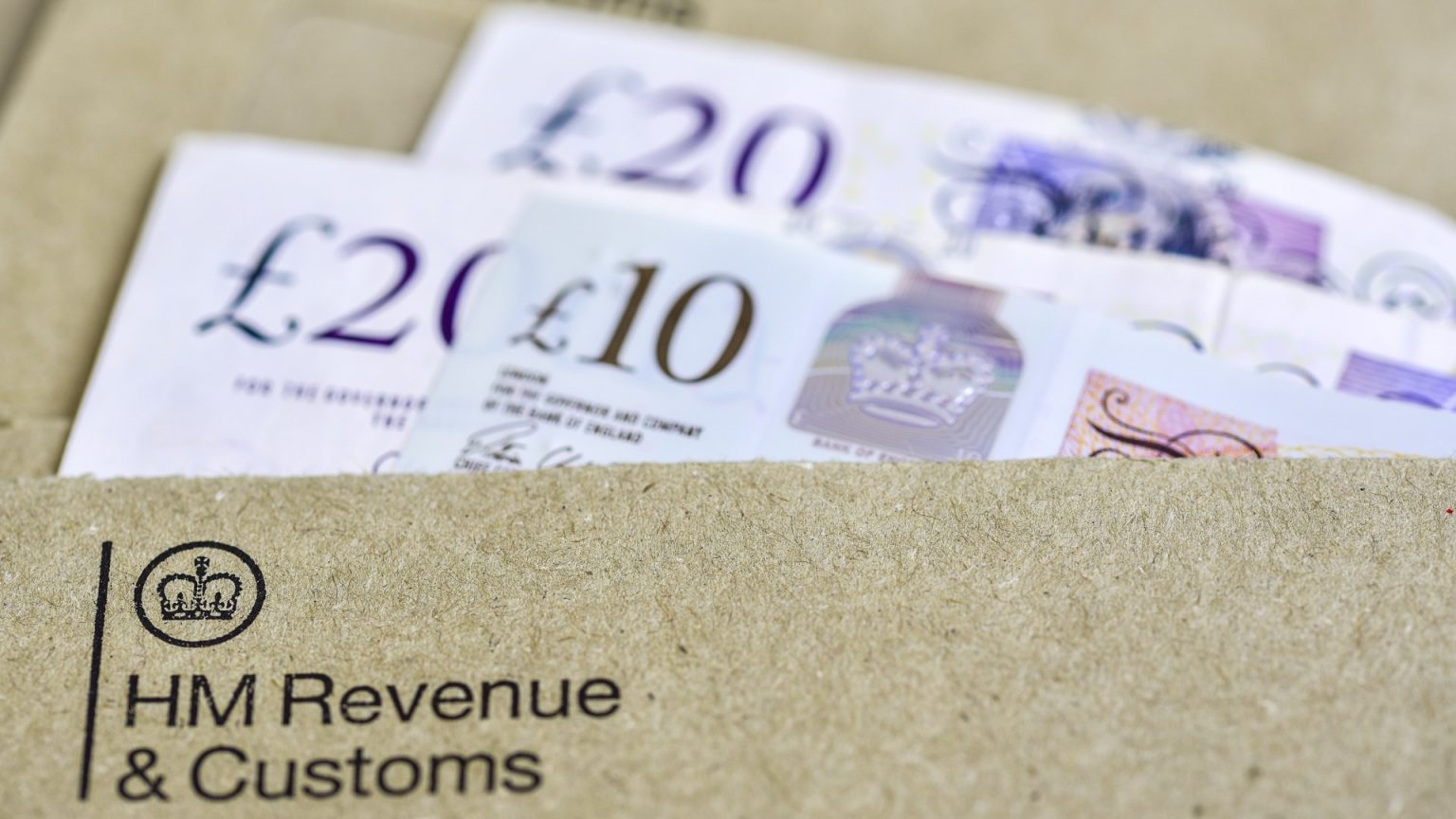Understanding your tax code is crucial for ensuring you pay the correct amount of income tax. This five-digit code, found on your payslip, determines your tax-free personal allowance, the amount you can earn before tax is deducted. The most common code is 1257L, representing the standard £12,570 allowance for the 2023/24 tax year. However, various factors can affect your allowance, including employee benefits like medical insurance, second jobs, pensions, and participation in schemes such as the Marriage Allowance. An incorrect tax code can lead to either overpaying or underpaying tax, and it’s your responsibility to notify HMRC of any discrepancies. Regularly checking your payslip or online tax account can help avoid potential financial issues.
The structure of a tax code provides insights into your tax situation. The first four digits typically correspond to your tax-free allowance (e.g., 1100 for an £11,000 allowance). The following letter signifies different scenarios, such as ‘L’ for the standard personal allowance, ‘M’ or ‘N’ for Marriage Allowance implications, ‘K’ for income exceeding the tax-free allowance, and codes starting with ‘W1,’ ‘M1,’ or ‘X’ indicating an emergency tax code requiring attention. Emergency tax codes are often used when HMRC lacks sufficient information about your employment circumstances and can result in higher than necessary tax deductions. Understanding these codes empowers you to identify potential errors and take corrective action.
Checking your tax code regularly is a simple process accessible through multiple channels. You can find it on your payslip, log into your personal tax account online or via the HMRC app, or review your “tax code notice” if you received one by post. Accessing your online account requires your Government Gateway ID and password. Alternatively, you can use your National Insurance number or postcode along with identifying information like passport details, driving license, recent payslip, or P60. This allows you to verify your tax code and ensure its accuracy, preventing over or underpayment of tax.
If you discover an incorrect tax code, contacting HMRC is essential. You can reach them by phone or mail, providing the necessary details to rectify the situation. If you’ve overpaid due to an incorrect code, HMRC will adjust your future deductions and reimburse the overpaid amount. Conversely, if you’ve underpaid, you’ll likely have to repay the owed amount, usually over 12 months if the amount is less than £3,000 and you earn enough over your personal allowance to cover it. Addressing tax code discrepancies promptly ensures you pay the correct amount and avoids accumulating unnecessary debt.
HMRC may also proactively identify tax discrepancies and notify you of a rebate or underpayment via a P800 or simple assessment letter. These letters detail how to claim your rebate online for quick bank transfer within five days or via the HMRC app. Alternatively, you may receive a cheque within 14 days. If the letter indicates underpayment, it will outline the necessary steps for repayment. Being aware of these communication methods allows you to respond efficiently and manage your tax affairs effectively.
Beyond regular tax codes, it’s crucial to consider other tax implications, such as income from side hustles and potential future tax rate increases. Side hustles may generate taxable income that needs to be declared, and staying informed about potential tax rate changes allows for better financial planning. Additionally, certain individuals are required to file a self-assessment tax return, particularly the self-employed, those with multiple income sources exceeding specific thresholds, high earners, those receiving Child Benefit with higher incomes, and individuals with income from property rental, foreign income, trusts, or high state pensions. Understanding these requirements ensures compliance with tax regulations and avoids penalties.




